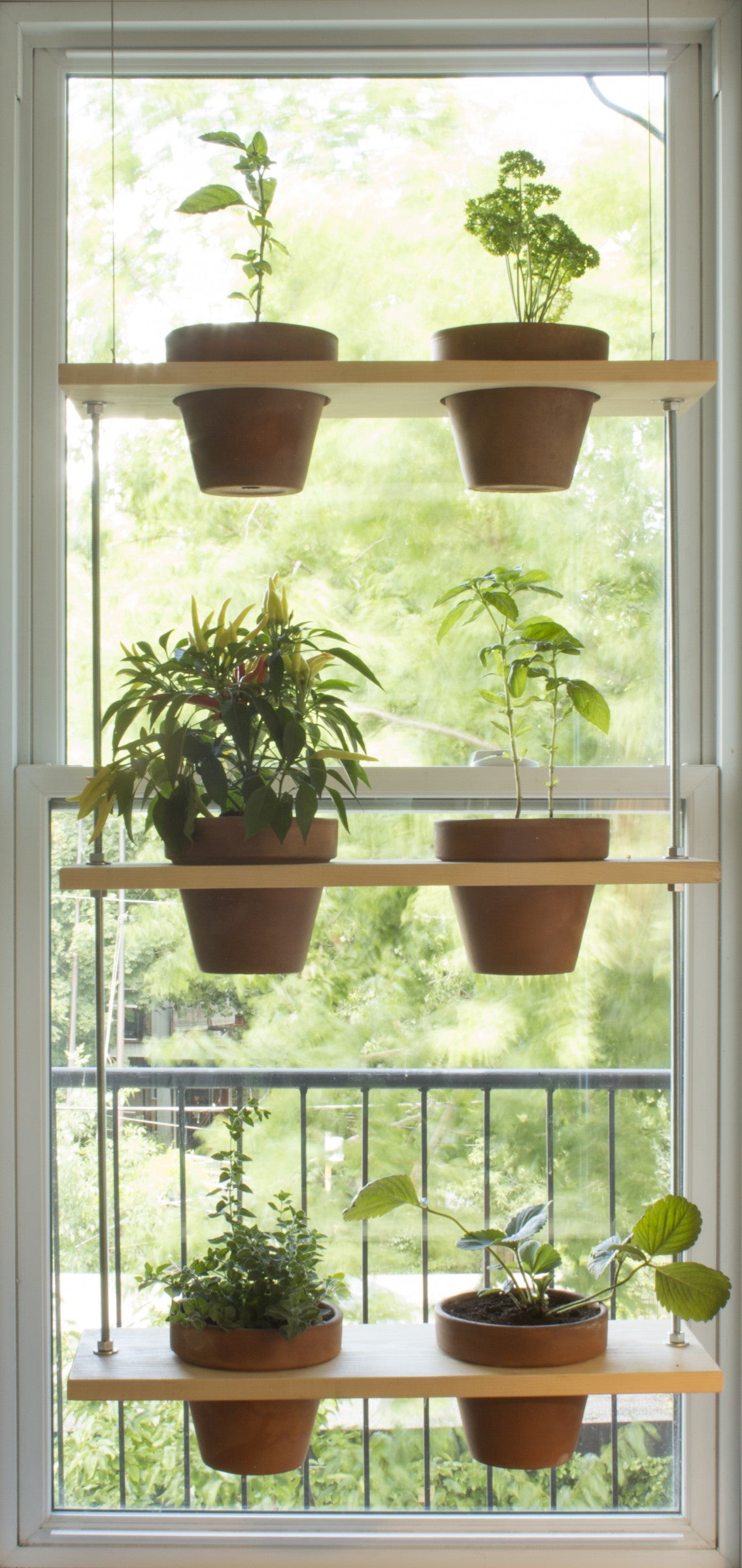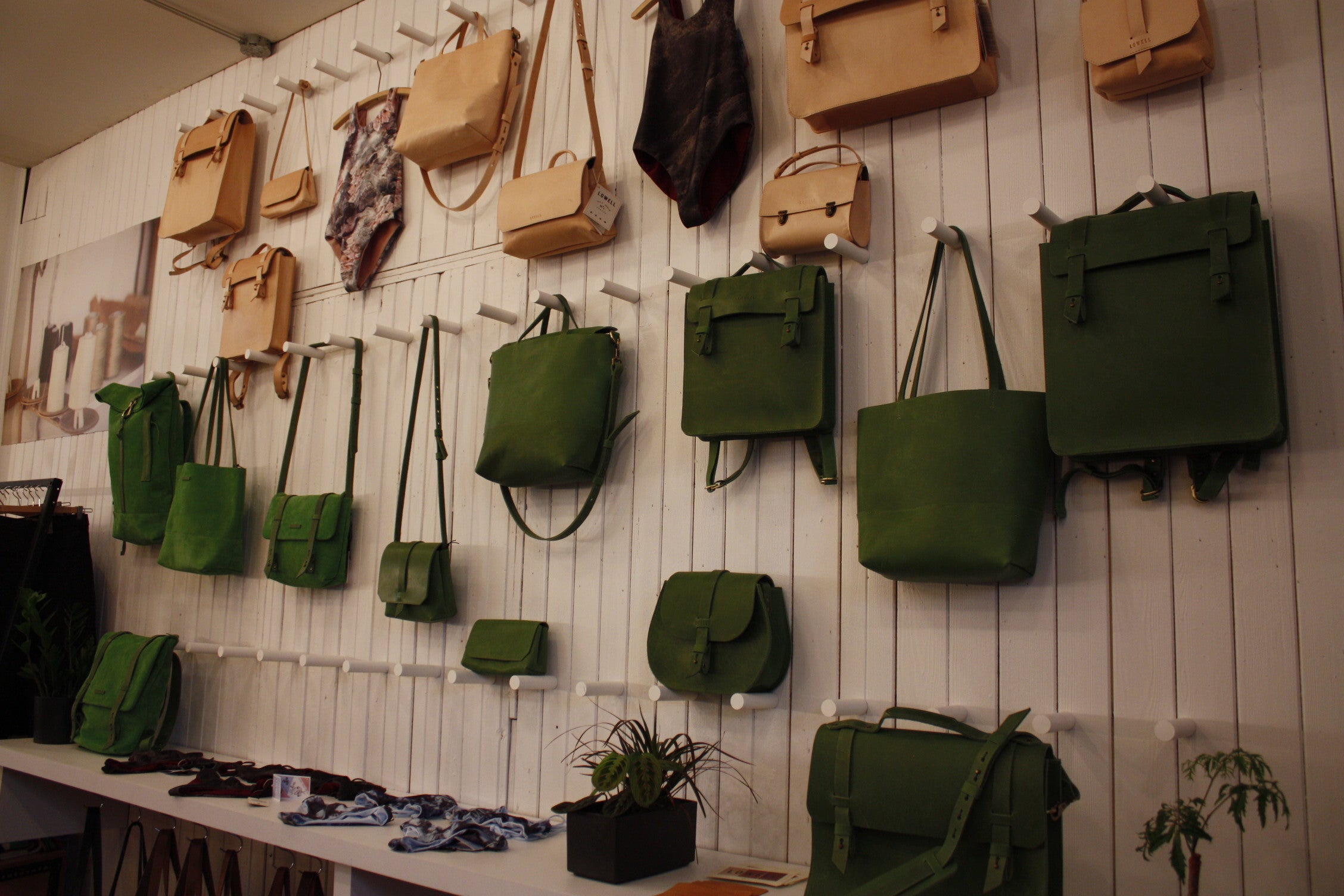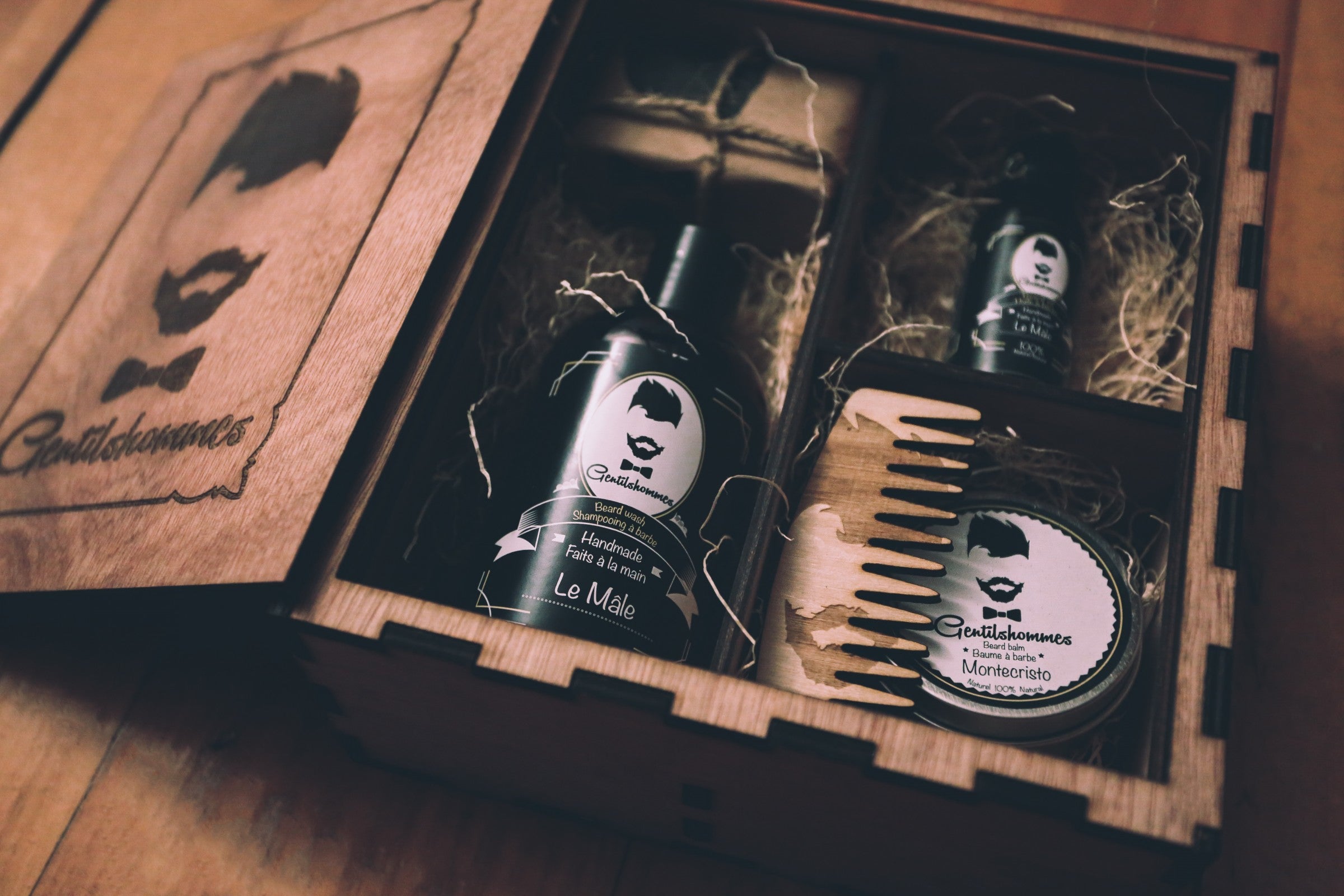The heat finally arrives, the sun shows more and more the tip of its nose, although still shy. This is the moment when I watch my tulips open and my peonies rise quietly. For me, this precise moment of spring also rhymes with plowing, transplanting, scraping and shoveling. Arms a little weak from having forced so much, it is with my heart of a passionate gardener that I write to you today. Well aware that it is not accessible for everyone to produce their own annual consumption of vegetables, I still believe that it is possible to produce the essentials at little cost and in little space, by making the right choice .
regrowth
Most of the vegetables and herbs you get at the market can be reproduced at home. All lettuce and celery purchased with their stalks can be put in the water to reproduce their roots . Just dip the foot halfway into the water and put it near a light source. These plants are cool-loving and don't need direct sunlight to grow, a windowsill works just fine. After a few weeks, you will have regrowth on the foot and roots below; you can then put your plant in the ground to optimize its growth and your harvest.
Garlic and shallots can undergo the same treatment. Garlic will produce other bulbs, and its leaves can also be used for your meals: I love mixing them with pine nuts, basil and sun-dried tomatoes to make a pesto. As for the shallots, you can use their green part and let them grow back. The leaves become duller from the seventh cut. All the same !
As for herbs, thyme, mint and basil, among others, grow very well immersed in water and near a window. But be careful: do not put them in the ground, they will fade in time without a suitable light source!
From beginning to end
If you have a minimum of interior space and a small budget, you can produce your consumption of lettuce, spinach and lamb's lettuce all year round. You won't need a heat mat to germinate your seeds, or specialized lighting for houseplants. You can do just fine with healthy potting soil and 5T tube lights. What's better than a salad with freshly picked leaves? To succeed, you will therefore need potting soil , seeds of the desired varieties and well-ventilated containers. Once your seeds are in the ground, it is important to keep the soil moist while allowing good ventilation. When your seeds have germinated and started to emerge from the soil, it will be time to put them very close to the light source: 2 inches maximum. As your shoots get taller, raise the light source, ensuring the plant's normal growth while preventing it from withering.

Photo: Pumpkin head
Trays and height
If you have a little more time and access to an outdoor balcony, then it would be possible to grow in containers. By using your space wisely, you can produce an impressive amount of fresh vegetables!
The important thing is first to allow your soil to breathe: a good layer of sand or small rocks at the bottom of your containers. Also, add trellis to utilize the available height. Climbing plants such as cucumbers and peas will be happy to spread out and create a wall of vegetables for you. At the bottom of these seedlings, you can go at your leisure; for example, root vegetables need more depth and will produce less, so you can take advantage of the high productivity of broad bean or tomato plants to plant these vegetables at their base. All layouts are allowed, provided you maintain them!

Photo: Pumpkin head
If none of these options are possible for you, you always have your local market gardener or the Tête de courge company, who will be happy to provide you with their best shoots!

Reviewed by: Louise Lanctôt
Cover: Pumpkin Head





Leave a comment
This site is protected by hCaptcha and the hCaptcha Privacy Policy and Terms of Service apply.